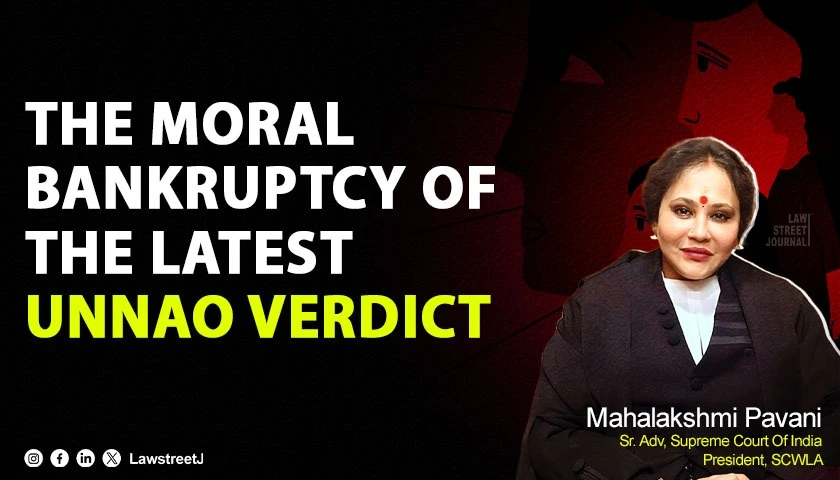Goa: Disposing of an appeal filed by owner Linet Nunes, the NGT bench comprising Dinesh Kumar Singh and Dr. Vijay Kulkarni found the evidence submitted by Nunes, claiming that the structure existed prior to the 1991 Coastal Regulation Zone (CRZ) notification, to be unsubstantiated, inconclusive, or fabricated.
The NGT noted that Google satellite images from 2003 did not show any structure at the location of the current offending buildings. Additionally, the appellant failed to provide any permissions from the Panchayat, Excise Department, Town and Country Planning Department, or other relevant authorities to demonstrate that the structure was operational before 1991. The appellant has not proven this by cogent evidence, the NGT ruled.
The western zone of the NGT was rehearing the case following a directive from the Supreme Court to provide both parties an opportunity to present their case before issuing fresh orders in accordance with the law. Part of the controversial nightclub, located at south Anjuna beach, was demolished following NGT orders. This demolition occurred after the death of BJP leader and actor Sonali Phogat, who allegedly spent her final hours at the nightclub before succumbing to death in August 2022.
The owner of Curlies argued that the current structure was a modification of an older structure that existed prior to 1991 and was therefore not subject to CRZ norms. However, they failed to produce any supporting evidence.
There is no evidence to show that the current structure is an extension of an older one without any additional construction. It is implausible that such a large construction could occur without permission from the GCZMA or other relevant authorities, and the applicant has not produced any license for operating a hotel business. This alone justifies the demolition order, the NGT ruled.
The Goa Coastal Zone Management Authority (GCZMA), defending its initial demolition order, claimed that the evidence of the structure's prior existence was fabricated. A certificate dated May 5, 1982, purportedly issued by the Village Panchayat, Anjuna-Caisua, was deemed fake as Goa became a state on May 31, 1987. Prior to statehood, it was a Union Territory known as "Government of Goa, Daman and Diu." The emblem on the disputed document was that of the State of Goa, not the Union Territory, which used the "Ashok Stambh" emblem in 1982.
The burden lies on the appellant to prove how an original area of 242 sq meters plinth was expanded into a large hotel without any authoritys permission, a burden the appellant could not discharge. This alone justified the authority's order, the NGT concluded.








![NGT bars desilting, mineral extraction at Bisalpur Dam in Rajasthan without green clearance [Read Judgment]](/secure/uploads/2023/11/lj_7777_NGT_on_mineral_extraction_at_Bisalpur_Dam.jpg)








